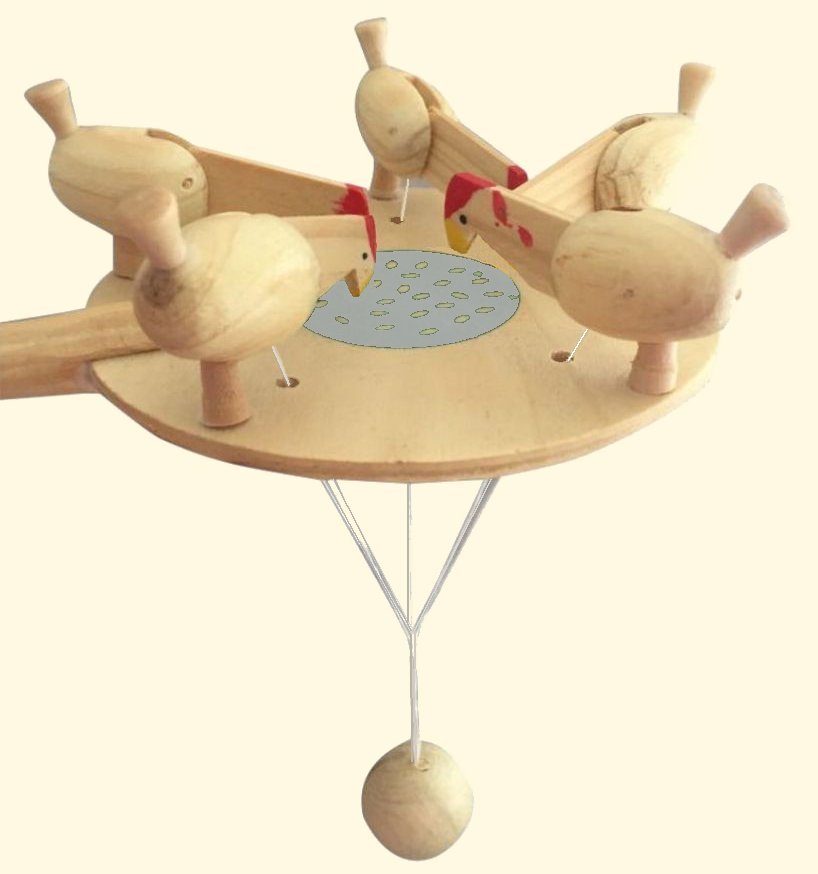1. ‘Pennines in April’ (THCP.68) is a clear precursor of ‘There Come Days to The Hills’ (ROE.54).
2. The Critical Forum Series, Norwich Tapes 1978, transcript at http://ann.skea.com/CriticalForum.htm
3. The Critical Forum Series, Norwich Tapes, 1978.
4. Hughes, ‘The Environmental Revolution’, WP.130.
5. Robert Graves, in The White Goddess, links these Hounds with Herne the Hunter, Hermes, and the British god Bran, amongst other Underworld gods (WG.89;151).
6. Porphyry’s On the Cave of the Nymphs was an important text for Blake, as it was for the Renaissance Hermetic NeoPlatonists whose work was very familiar to Hughes. Lamberton, R. (trans.), Station Hill Press 1983.
7. Graves also notes a legend in which Osiris was immured in a heather–tree (WG.192), and other heather lore.
8. Hughes: ‘The Environmental Revolution’, WP.132.
9. Vaughan, T, Anthroposophia Theomagica, Republished in Rudrum, A. (Ed.), The Works of Thomas Vaughan, Clarendon Press 1984, p.52.
10. BBC Radio 3, 3 May 1980.
11.  Often these were hens which pecked grain as the ball under the board swung round.
Often these were hens which pecked grain as the ball under the board swung round.
12. Blake, ‘The Ecchoing Green’, Songs of Innocence, lines 16–20.
13. The Bible, ‘Revelation’.21:1.
14. Paley credits this term and concept to a 17th century commentary on ‘The Revelation’ by Joseph Mede, and he quotes an example provided by Mede’s contemporary, David Perens: “each of the seven visions of the Revelation ends with a last judgment, even though there is only one Last Judgment” (Paley, M. The Continuing City, Clarendon Press, 1983, p.287. Scigaj makes an essentially similar observation about the form of Remains of Elmet when he describes it as ‘sonata form’: Scigaj, L. The Poetry of Ted Hughes, p.248.
15. Hodgson, J. ‘Growing rare in Britain’, New Scientist, 12 Feb. 1987, p.38.
16. Burkhardt, T. Alchemy, Stoddart. W. (trans.), Penguin 1967, p.90.
17. Thomas Taylor’s Considering the Cave of the Nymphs, republished in Thomas Taylor the Platonist, Raine and Harper (eds.), University of Oklahoma Press 1964, p.30.
18. Lucas Cranach, the Elder, was a German Renaissance painter whose primary Protestant theme was ‘The Fall and the Salvation’ of Mankind. In his versions of this he placed Adam and Eve in the Garden of Eden, which he treated in a richly symbolic and ornamental manner.
19. Graves, The White Goddess, 67; 27-8.
20. Graves identifies Cerridwen as Wolf–goddess (WG.222). She is the Triple Goddess – Wife, Mother and Layer–out. Graves regards her as the Muse – the inspiration of poets (WG.98–9). The Brontes, Hughes’ “Three weird sisters” (ROE.100), witch–like, tasted Cerridwen’s cauldron, turning her inspiration to poetry and stories. “The brother” tasted, too, and was destroyed, “Electrocuted” by the “elemental power circuit of the Universe” (Faas.200), because he used no ritual methods (like poetry) to keep the energy under control.
21. Eliot, Four Quartets, ‘Dry Salvages V’:207.
22. Handel’s Messiah is traditionally performed at Easter, and the Shorter Oxford Dictionary gives the derivation of the word ‘Easter’ as from the OE word ’Eostre‘, meaning ‘dawn–goddess’.
23. Compare this with the imagery of ‘There Come Days To The Hills’(ROE.54).
24. Erdaman, The Illuminated Blake, Anchor Press, 1974, p.374.
25. These are the names of Hughes’ uncles, Thomas and Water Farrar; Edith Hughes, Hughes’ mother; and Sylvia Plath, Hughes’ wife. ‘Esther’ may have been Baskin’s first wife, well–known to Hughes and Plath. although she is not buried at Heptonstall. However, all the other names are of close family, and Steve Ely links the name with Assia Wevill, whose middle name was Esther. The burial–place of her ashes is unrecorded but Ely convincingly argues that he has found the site. See: Ely, ‘The Key of the Sycamore’, Ted Hughes Society Journal Vol. 7, issue 2, pp.42–63. http://thetedhughessociety.org/the-ted-hughes-society-journal-open-access.
26. The couple in ‘Wind’ imagine “hearing the stones cry out under the horizons”, a reference to Luke 20:40 in which Christ tells the Pharisees that if the disciples who rejoice at his coming ‘should hold their peace, the stones would immediately cry out’.
27. In Celtic mythology swans are associated with Bigid, the godess of Brigantia/Elmet. They are threshold creatures which can fly between the worlds, and were once one of the sacred creatures of Britain. In myths and folklore they often take human form.